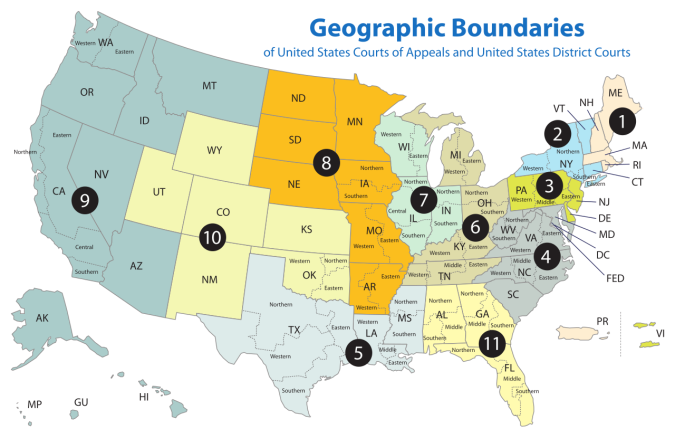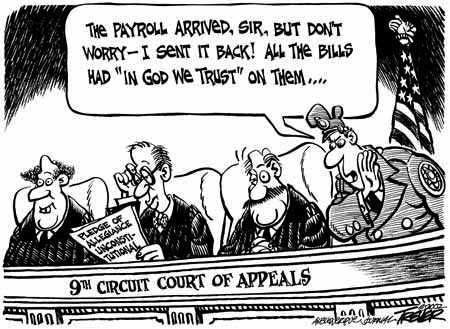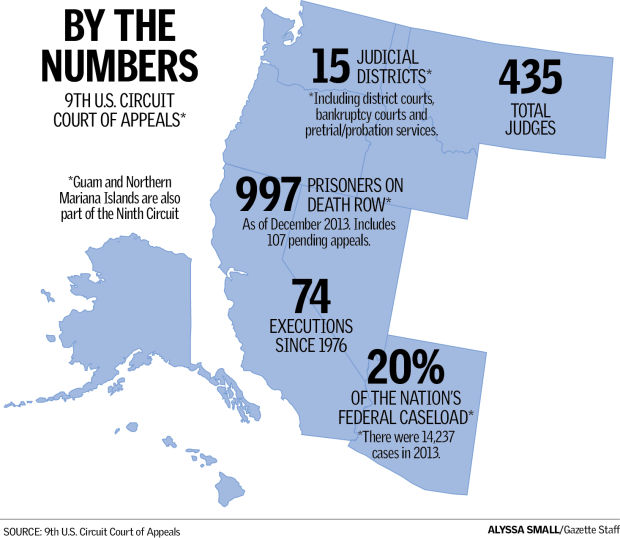Based on “Common Sense: All Over Again” ©2007 by Kenneth Moyes
2007 The Founding fathers of the longest running uninterrupted constitutional republic in the world, The United States of America, understood that each of the three branches of our government left unchecked would try to be the sole driving force of this nation.
Thus they gave us a system of checks and balances in our Constitution. The President is the Commander-in-Chief, yet he needs the consent of Congress to go to War.
Congress is charged with funding for the national defense. Congress can pass bills with a majority vote of both houses, but the President can veto the bill if he does not agree with it. Should the President veto a bill, the Congress can override his veto with a two-thirds majority vote in each house of Congress.
Congress makes the laws and the President enforces the laws. The degree of enforcement is a way in which the President can hold the Congress in check. The President negotiates treaties and the Senate ratifies treaties with a two-thirds vote. The president appoints Federal Judges, Justices of the Supreme Court, Ambassadors, and other federal officials and the Senate must give its consent with a majority vote. The Congress can impeach the President (and the federal judiciary). The House of Representatives votes to impeach and the Senate tries the case. The Chief Judge of the Supreme Court presides and a two-thirds Senate present must vote to convict. Conviction upon impeachment simply removes the President or the Federal Judge from office, subsequently subjecting the convicted party to criminal and civil penalties.
If we are to literally interpret the Constitution we would find that the Judicial Branch was sort of left out of the checks and balances and was playing a minor role when the Constitution and the Bill of Rights were adopted.
Read the Constitution and even bet someone, that they cannot find the ability to declare laws unconstitutional and you will win that bet. No where in the constitution does it say that the Judiciary can declare a law to be unconstitutional. However, in the very early nineteenth century, the Court’s power of judicial review, as it was applied to the constitution, came to be. Under the Constitution, the judiciary’s power did extend to cases of law arising under the constitution, and just about all other activity occurring between states, the federal governments and the states, citizens of different states, between states and their citizens, foreign states and citizens of foreign states and so on.
The Judiciary did receive more power indirectly when the Bill of Rights was adopted. Citizens were now protected and the Bill of Rights became an additional check and balance to the governing of the nation. The Judiciary is where the Citizen would go to for redress against the State or the Federal governments.
It was not until, 1803, when Chief Justice John Marshall invoked the power of “Judicial Review” and the authority of the Supreme Court to declare a law or actions by a State or the Federal Government unconstitutional, that the Judicial Branch became an equal player in the checks and balances triad. It would appear that judicial review is the most powerful tool of the Court. Well, not so fast!
A new tool used by Federal Judges in lower courts, or as the Constitution puts it – inferior courts, is to make rulings that actually through precedent make law. Here is a case where the checks and balances have failed. Common sense should dictate that the Executive Branch should ignore the new ruling as being outside the domain of the ruling judge. Common sense should dictate that the Congress should censure any Federal Judge who attempts to make law. The heavily partisan nature of our lawmakers lends itself to their inability to take back their right as the sole Federal law making body in the country. The Executive Branch is also at fault by not decreeing that law made by a sitting judge is not constitutional and will not be enforced. The Executive Branch has another tool in the checks and balance process. It may never have been used.
In the case of the rogue circuit court – the 9th Circuit Appeals Court, which has a reputation for writing law that is heavily overturned by the Supreme Court and is arguable the breeding ground for judicial activism, a fix is easy. First. Let’s look at the impact of this circuit founded in 1891. When it was founded it presided over about 3% of this country’s population. Today it presides over about 20% of the population. There are 12 Circuits assigned to geographical territories in the United States and if equally balanced each should preside over about 8 to 9% of the population, yet we allow a rogue court to preside over more than double its share of population.
Common sense says that this is just down right dumb. Again the actions of the Executive Branch and the Congress are deafening by their silence. The Constitution says you can’t fire these activist jurists, “…shall hold their Offices during good Behaviour…”, but we can split them up and relocate them around the country in a general reallocation.
Common sense says take each of the Circuit Court Federal Judges in the 9th Circuit and transfer them to other 11 (one court is not geographic by its nature) Circuit Courts around the United States – split up the cabal! The Constitution has no prohibition to a transfer. We can afford to pay their moving expenses and other miscellaneous relocation expenses. Replace these wayward jurists with Federal Judges from the other Circuits who demonstrate a balanced approach to the law.
Nearly half the 9th Circuit Justices are 80 years of age or older. This is an argument for term limits. Common sense also says that we can also add Circuits to this inferior court, formally the U.S. Appeals Court, by splitting the 9th Circuit and leaving the 9th Circuit to be a smaller fiefdom. Newly minted Congressman Andy Biggs (R -Arizona) is offering a bill that would create a new circuit removing Arizona, Nevada, Idaho, and Montana from the 9th circuit – creating a new circuit.
Unless the events identified above take place, the checks and balances provided us through the Constitution are simply history, as it appears that neither the Congress nor the Executive Branch have the strength of conviction or desire to hold the Judicial Branch in check. The lawyers of this country will not like this Common-Sense statement since they have been trained to “paint by the numbers” so to speak, rather than apply common sense wording of the law adjudication first. They are truly practitioners of a practiced profession gone awry, who have learned how to follow precedent even if the precedent represents a judge’s attempt at making law.
Of course, the Congress and States jointly or States alone can change the Constitution, with the Executive and the Judicial Branches having no direct role in the process. Do the Congress and the States really need to exercise this gargantuan effort required to amend the Constitution just to offset some new law made by an activist judge via precedent? Can they just ignore the judge’s ruling – citing that the ruling is outside the scope of the judge’s authority – and make him or her go back and do it again and keep doing it until the judge is no longer making law?
Common sense says that the “checks and balances” protection built into the Constitution is broken and is in need of fixing! Do we have any leaders up to the challenge?
How about defining good behavior? See “We Can Stop Activist Judges!“



